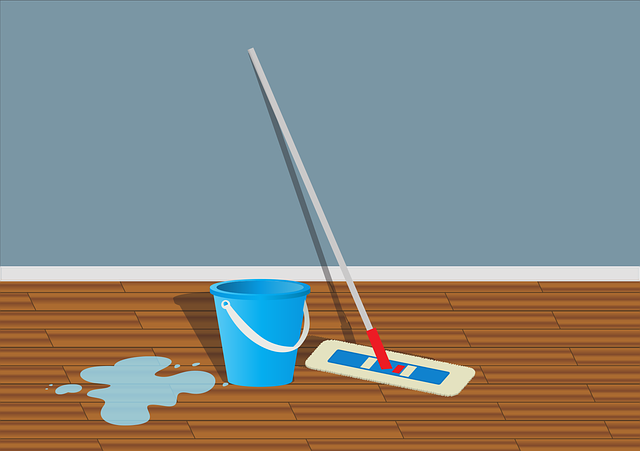Laminate flooring is a synthetic floor with a multi-layer fused by the process of lamination. The outmost surface is usually a photographic applique layer, while the inner core is usually composed of fiberboard materials. The final layer is made to look like wood. The process is also used to produce wood-looking synthetic floors.
Easy installation
To install synthetic floors, you will need to know how to accurately measure the space where you plan to place the flooring. Measure the width and height of the room and the wall that will be perpendicular to the plank alignment. Measure carefully and label the areas where you’ll install the flooring.
Lay out the layout of your room before you begin. This will help you determine the best way to install the laminate floors. After you have determined your layout, cut and interlock your planks, either custom-cut or interlocking. Start from the right side of the room and work your way to the left. Be sure to follow the manufacturer’s directions when it comes to sizing gaps between each plank.
First, you must remove existing flooring to create a level base for the synthetic floors. You will also need to cut a small expansion gap around the perimeter of the room, either by removing skirting boards or cutting through the flooring itself. You can then use a beading to conceal the expansion gap after installation.
Installation of synthetic floors is very easy and fast, and you can install it in most rooms of your home. The only exception is that this flooring is not suitable for wet rooms. For wet rooms, you should consider installing click vinyl flooring instead so that, in case of a flood, you won’t cry.
After installing the flooring, you should choose an underlay. Some types of underlayment have a built-in vapor barrier to protect against moisture and dampen sound. A vapor barrier should also be installed if you plan to install the laminate in a basement. It is also important to choose the right underlayment for your space.
You’ll need to make sure that it’s moisture-proof and has a smooth top surface. Another great thing about laminate flooring is that it requires little maintenance. According to Forbes, it resists UV rays, abrasion, and pressure. Many manufacturers have created a great selection of synthetic floors for your home, so you can easily find a design that fits your taste.
Maintenance
Maintenance of synthetic floors is an important consideration for the lifespan of the product. As a wood product, laminate needs to be treated carefully to preserve its appearance and integrity. Excess moisture can damage the material, affecting its service life. However, there are ways to care for the product without affecting its aesthetics.
To maintain the appearance of your synthetic floors, it is important to clean them as often as possible. Using a cleaning solution recommended by the manufacturer is highly recommended. Avoid using heavy chemical products, as they can dull the surface and shorten its lifespan. Also, you should avoid sweeping or scrubbing with a vacuum cleaner or a mop. It is advisable to avoid frequent walking on laminated floors.
Keeping your windows closed is also important, as rain and other liquids can damage the surface of your flooring. Maintenance of synthetic floors is easy. While it does not require special cleaning agents, you should avoid using abrasive cleaning agents. These cleaning agents can cause joint-line separation and delamination.
Avoid using steel wool or other abrasive materials, as they can damage the material. Also, never use cleaners with strong ammonia or chlorinated chemicals. If a stain is difficult to remove, you can clean it with a damp cloth. It is important to avoid scratching the surface, which will reduce its durability. Regular cleaning will also prevent dirt and dust from penetrating the coating.
Cost
If you are renovating a room, you’ll probably want to consider the cost of synthetic floors. It is a relatively inexpensive flooring option. The cost of installing it depends on your chosen style and level of detail. For example, you can choose dark synthetic floors and then add baseboards to the edges of the room.
Then, you can add a quarter-round molding, which is a thin molding that fits the space where the floor meets the wall. The cost of synthetic floors can range from $0.99 to $4.99 per square foot (https://www.flooringstores.com/blog/waterproof-laminate-flooring/). Some types are scratch-resistant and have a topcoat that resists most scuffs. However, scratches can occur in high-traffic areas or where heavy furniture is placed.
So, it is important to choose a laminate that will not scratch easily. When considering the cost of synthetic floors, remember that it depends on the type and brand. Some brands are cheaper than others. They also vary in thickness. You may want to check with your local store for pricing before you buy. Another option is to hire a professional installer.









